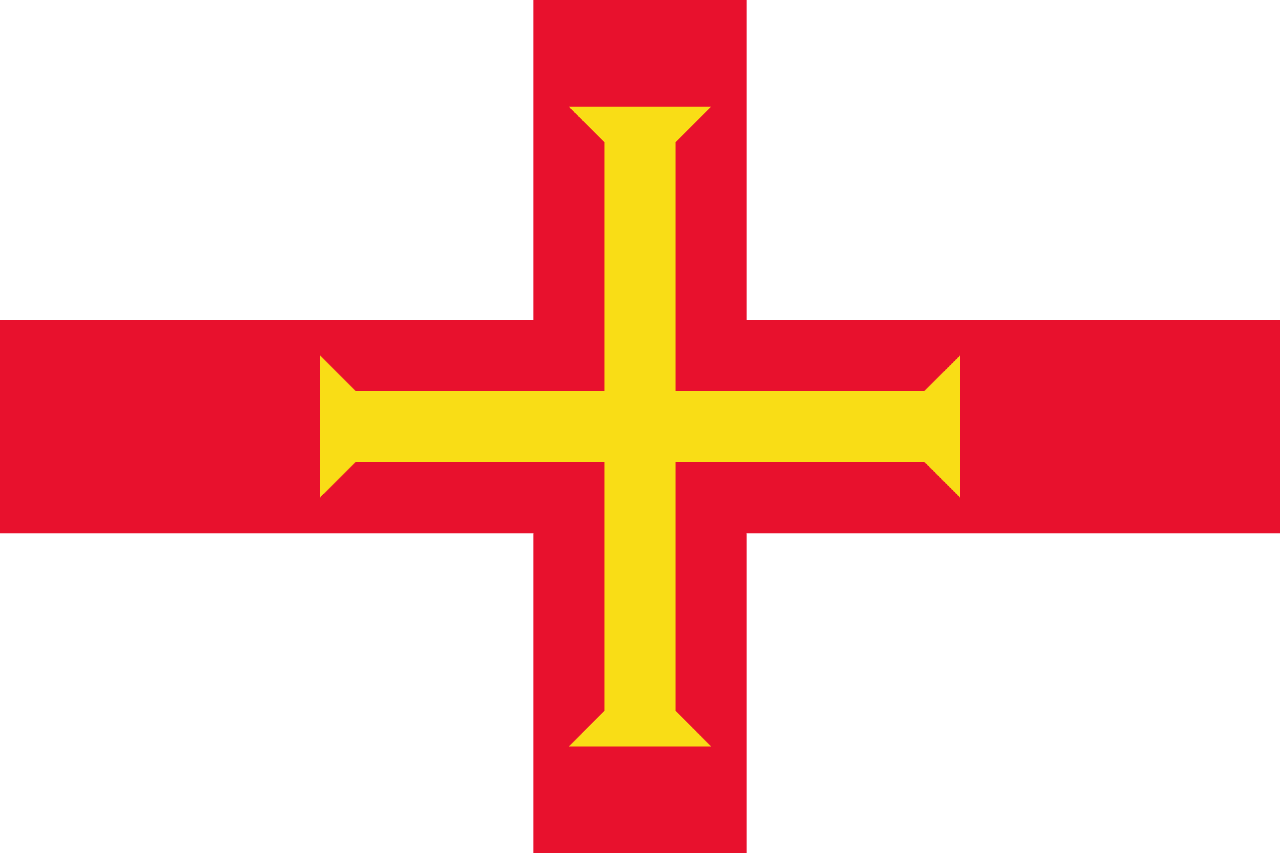La bandera de Guinea consiste en tres franjas verticales iguales de color rojo, amarillo y verde. Este diseño simple pero poderoso encapsula la historia de la nación, sus recursos naturales y aspiraciones, sirviendo como un potente símbolo de la identidad de Guinea y su lugar dentro del continente africano.
Información sobre Guinea
| Día Nacional de la Bandera | — |
| Estado soberano | Sí |
| Nombre oficial | República de Guinea |
| Capital | Conakry |
| Población | 13.132.795 |
| Área | 245.857 km² |
| Moneda | Franco guineano (GNF) |
| Idioma | Francés, fula, susú |
| Continente | África |
| Región | África Occidental |
| Subregión | — |
| Fronteras | Guinea-Bissau, Senegal, Malí, Costa de Marfil, Liberia, Sierra Leona |
| Zona horaria | Hora Estándar de Guinea (GMT) UTC+0 |
| Código telefónico | +224 |
| Dominio de nivel superior | .gn |
Historia de la bandera guineana
 La bandera de Guinea fue adoptada oficialmente el 10 de noviembre de 1958, coincidiendo con la declaración de independencia del país de Francia. El diseño fue fuertemente influenciado por el movimiento panafricano y las banderas de otras naciones africanas recientemente independizadas. Representa la ruptura de Guinea con el dominio colonial y su surgimiento como estado soberano.
La bandera de Guinea fue adoptada oficialmente el 10 de noviembre de 1958, coincidiendo con la declaración de independencia del país de Francia. El diseño fue fuertemente influenciado por el movimiento panafricano y las banderas de otras naciones africanas recientemente independizadas. Representa la ruptura de Guinea con el dominio colonial y su surgimiento como estado soberano.
Simbolismo y diseño de la bandera guineana
Cada color en la bandera guineana porta un simbolismo significativo. La franja roja representa la sangre derramada por los mártires del país en la lucha por la independencia. También simboliza el trabajo y el esfuerzo del pueblo guineano. La franja amarilla significa el sol y la riqueza mineral del país, particularmente sus vastos depósitos de bauxita y oro. La franja verde simboliza la exuberante vegetación y el potencial agrícola del país, destacando las tierras fértiles y la belleza natural de Guinea.
Uso y significado de la bandera guineana
 La bandera de Guinea es un poderoso emblema de identidad nacional y orgullo. Se exhibe de manera prominente en edificios gubernamentales, durante ceremonias oficiales y en eventos culturales. En las escuelas, la bandera a menudo se iza durante las asambleas matutinas, inculcando un sentido de patriotismo en los jóvenes guineanos. A nivel internacional, la bandera representa a Guinea en entornos diplomáticos, en reuniones de las Naciones Unidas y durante eventos deportivos, sirviendo como una representación visual del país en el escenario global.
La bandera de Guinea es un poderoso emblema de identidad nacional y orgullo. Se exhibe de manera prominente en edificios gubernamentales, durante ceremonias oficiales y en eventos culturales. En las escuelas, la bandera a menudo se iza durante las asambleas matutinas, inculcando un sentido de patriotismo en los jóvenes guineanos. A nivel internacional, la bandera representa a Guinea en entornos diplomáticos, en reuniones de las Naciones Unidas y durante eventos deportivos, sirviendo como una representación visual del país en el escenario global.
Datos interesantes sobre la bandera guineana
- Los colores de la bandera guineana están inspirados en el movimiento panafricano, simbolizando la unidad y solidaridad entre las naciones africanas que luchan por la independencia y el desarrollo.
- Guinea fue la primera colonia francesa en África en obtener la independencia, y el diseño de su bandera influyó en varias otras naciones de África Occidental que posteriormente se independizaron.
- Los colores de la bandera son a veces referidos como los "colores africanos" debido a su uso generalizado en banderas por todo el continente.
- A pesar de los cambios políticos y golpes de estado desde la independencia, la bandera ha permanecido sin cambios, sirviendo como un símbolo constante de identidad nacional.
- La bandera a menudo se ve junto al escudo de armas de Guinea, que presenta una paloma, dos rifles cruzados y el lema nacional "Travail, Justice, Solidarité" (Trabajo, Justicia, Solidaridad).





